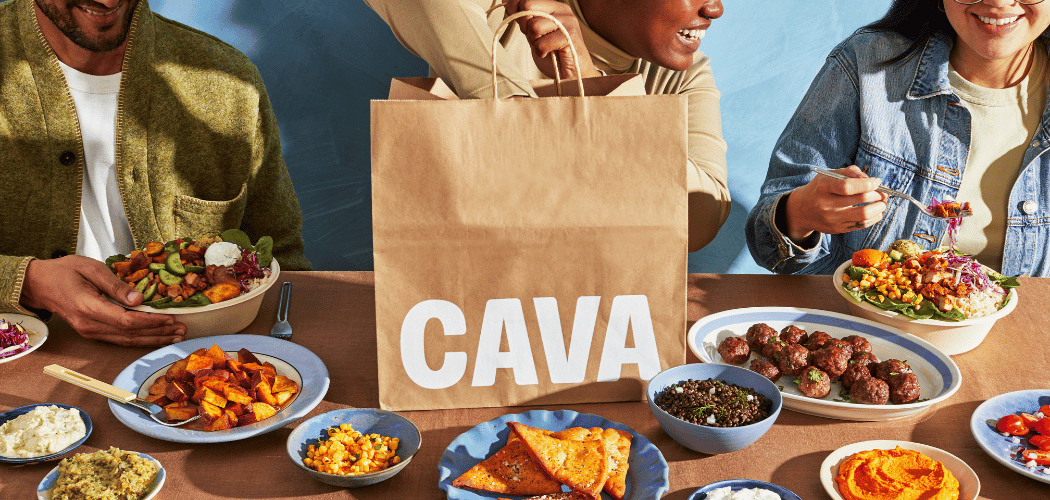It may seem obvious to say so, but surprising a customer should be different from just exceeding their expectations – it’s not so much about delivering a better service than expected, but rather giving them something entirely unexpected.
 By Adam Schaffer, Managing Partner, Ellipsis & Company
By Adam Schaffer, Managing Partner, Ellipsis & Company
To best incorporate Surprise and Delight (S&D) in your loyalty strategy we would make three key recommendations:
- Use Surprise & Delight as an alternative reward mechanism, to prevent costly feelings of entitlement
Expectations can lead to entitlements, and research suggests1 that especially in competitive or commoditised industries, rewards programs can be undermined by this sense of privilege. S&D offers a strategy to reward best customers without creating entitlement.
Kimpton Hotels’ Karma program provides an interesting example of an operator who has built S&D into their program, using social media to find opportunities to personalise their customers’ experiences (check out this video to see more).
- Apply a ‘test and learn’ approach to using Surprise & Delight
In addition to circumventing issues of entitlement to rewards, S&D can work well across a range of marketing strategies, including as an apology.
In response to long wait times at their call centre for Elite customers, Expedia sent $100 coupons to 90% of Elite members and did nothing for the other 10%. Those who didn’t receive the coupon decreased their spending by between 10% and 20%. But those who received the coupon actually increased their spending by 5% to 6%, despite the poor customer experience2.
- Surprise & Delight works differently with different customer types
The effectiveness of ‘Surprise and Delight’ depends on what type of loyalty mechanism is in play between you and your customers.
A study by Marketing Science Institute3 points out that customers are loyal because of 3 intrinsic behavioural mechanisms:
- Habit: memory based loyalty, formed from consistent and automatic spending patterns, notably in customers whose usage does not change over time.
- Dependence: rational loyalty driven by a cost-benefit analysis of switching costs, particularly in customers with a wide product holding.
- Relationship: social and emotional loyalty, built on the trust that arises through multiple interactions typically in long-tenured customers.
To look at the impact of ‘special benefits and experiences that go beyond the core offering’ the team then tagged customers to each of the 3 mechanisms in a telco’s database, and identified 4 customer segments that each responded differently to a surprise offering of 2 months’ free service – making a good guide to who should be the recipients of Surprise & Delight investment:
- Loyalists: have high levels of all 3 loyalty mechanisms. These customers are the best targets for S&D as the gift signals that you still care and are not taking their loyalty for granted. Churn dropped 5.1% following the offer, although there was no expansion of their business.
- Dependents: have a broad product holding with you but low ‘habit’ and ‘relationship’ levels. You need to be careful with these customers, defection rates did drop 5.3% but the likelihood of them expanding their business also dropped by 8.6%, perhaps because they were nervous to add to their dependence – so best to combine S&D with socially-oriented activities to build trust.
- Sleeping Dogs: these customers are mainly bound by ‘habit’. Be careful about waking these customers up with a gift as they may play (they expanded their business by 1.9%) or bite (defection increased 3.3% as well). Better to wait until ‘dependence’ and ‘relationship’ grow.
- Sceptics: these customers have low levels across all of the 3 loyalty mechanisms, so don’t engage! They viewed the offer with suspicion – perhaps assuming it was to compensate for an inferior product, and increased their churn by 5.8%
The conclusion here is ironic… it looks like the effectiveness of Surprise & Delight depends on the extent to which your customers are already loyal!

Summary
In summary, we can say two things about Surprise & Delight strategies:
Firstly, S&D is about more than exceeding customer expectations: it can be used to reward customers without creating costly feelings of entitlement, and even to rescue high value customers after a poor service experience.
And finally, we should be careful which customers we choose to surprise, if we want to be sure we are delighted with the result!
Ellipsis specialise in Loyalty Consulting and Customer Strategy. We help our clients become customer centric, because we believe getting this right is crucial to creating value.
Website: www.ellipsisandco.com
Twitter: https://twitter.com/EllipsisandCo
LinkedIn: https://www.linkedin.com/company/ellipsis-&-company
References:
- Wetzel, Hammerschmidt & Zablah, 2014 (http://journals.ama.org/doi/abs/10.1509/jm.12.0167)
- Science Behind Why Surprise Rewards Work, Colloquy, 2014 (https://colloquy.com/resources/pdf/magazines/20140325-mag.pdf)
- Henderson, Steinhoff & Palmatier, ‘Consequences of Customer Engagement…’, 2014 (http://foster.uw.edu/wp-content/uploads/2016/07/5_Henderson_Steinhoff_Palmatier_2014.pdf)




